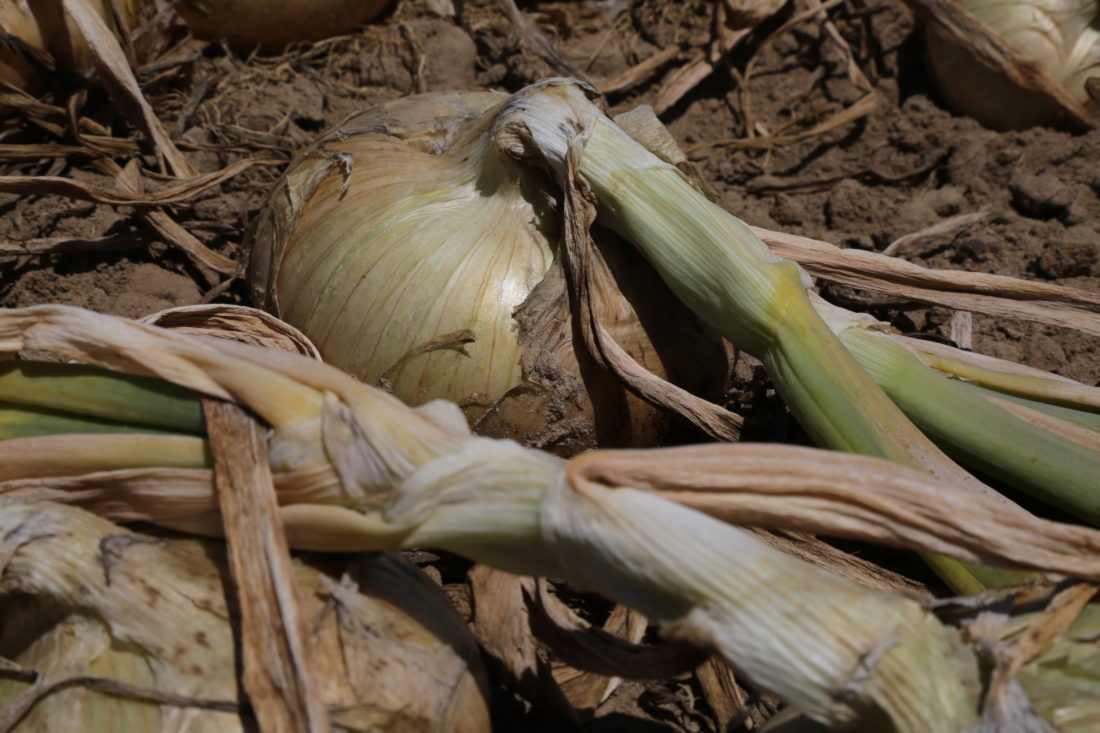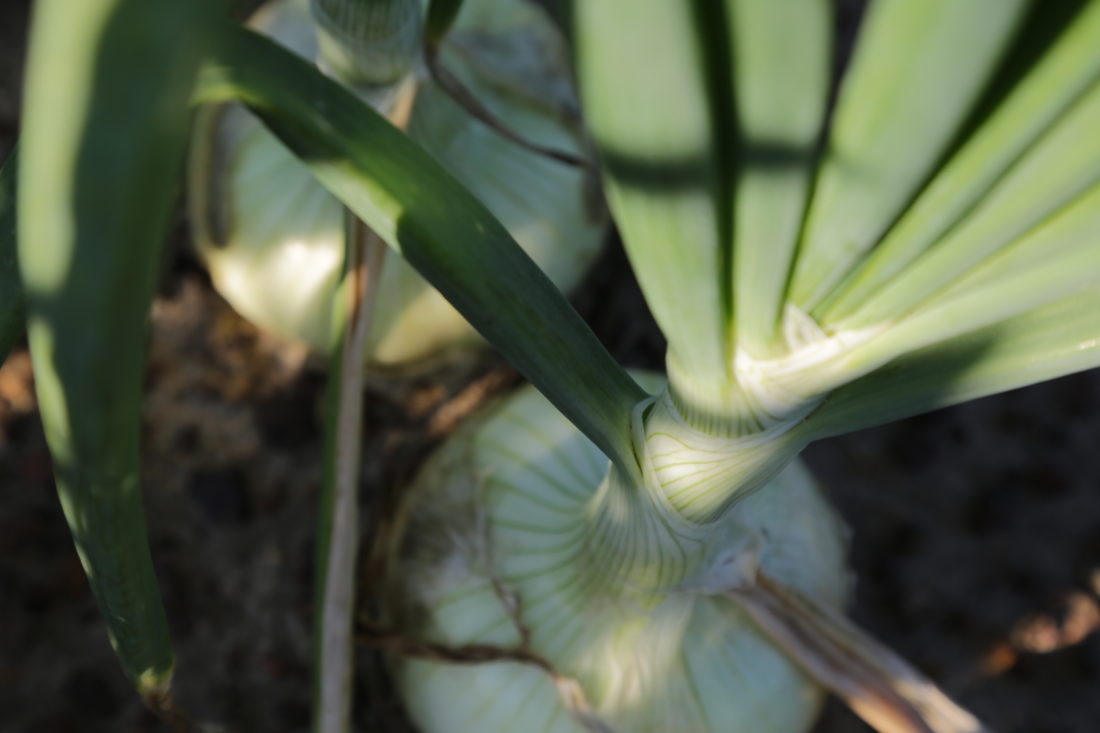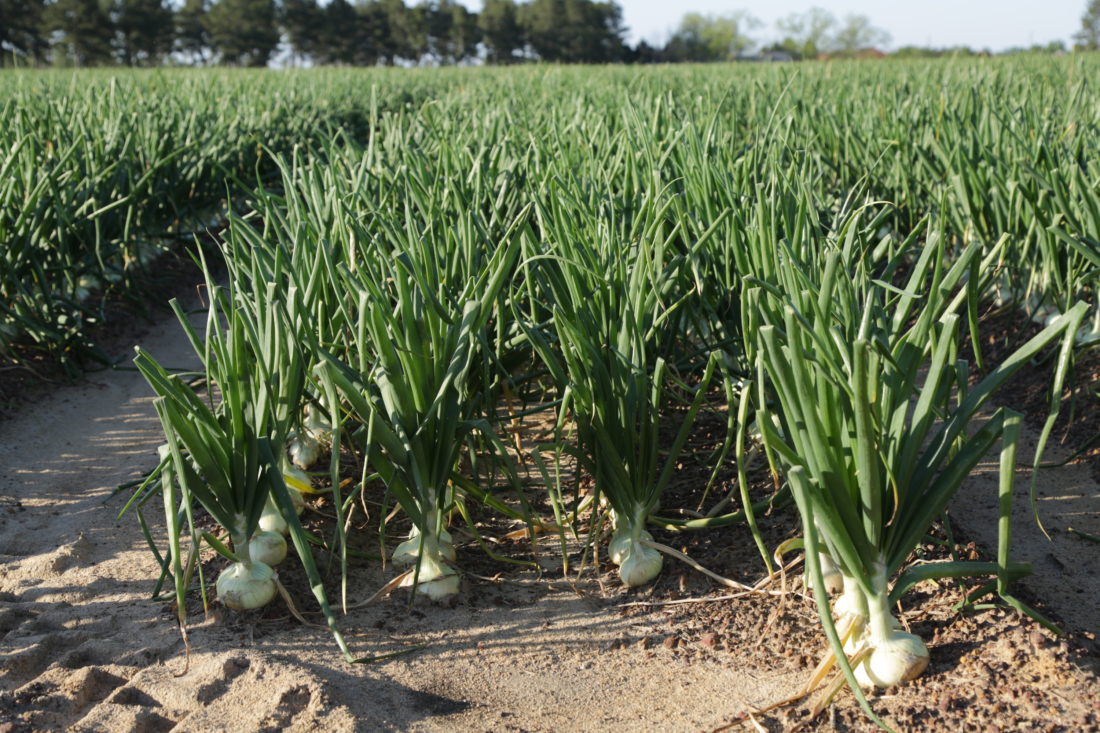Call it providence, luck, or low sulfur levels—the sweetness of Vidalia onions is a godsend. In 1931, so the story goes, when the farmer Moses Coleman planted yellow onions on his Toombs County acreage, the sandy South Georgia soil turned the bulbs sweet. Today, Vidalias, which are harvested each year beginning in April and hit their peak in late May and June, are so beloved that the state has gone to great lengths to keep them rare; the Vidalia Onion Act of 1986 regulates the allium and its growers and sellers.

“To be a Vidalia, it has to be grown in the designated growing region in Georgia—and in Georgia alone,” says Gary Black, the state’s commissioner of agriculture. Registered growers harvest their crop from twenty contiguous counties around Vidalia, a little town up the road from Moses Coleman’s farm. “There’s also rules and regulations on how a packinghouse is set up. The onions can’t mingle with other varieties during Vidalia season,” Black says. And they can’t be sold before they’re ready.

Usually, too much rain dampens onion harvests. The region received more than eighteen inches in the first three months of 2020, but according to Black, the crop made it through as sweet as ever, ready to be fried into rings, chopped into a relish, or sliced and sandwiched between a bun and a hamburger patty.








